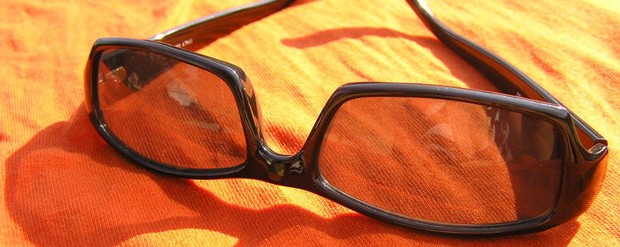Depending on where you live, July can be one of the hottest months of the year. It is also one of the perfect time to get some more sun, whether it be at the beach, outdoor barbeques, or catching a game at the ballpark. Unfortunately, this means a lot of extra exposure to UV rays that can be pretty damaging to unprotected skin. If you remember from our skin cancer overview, this can significantly increase your risk of developing basal cell carcinoma, squamous cell carcinoma, and melanoma.
This is why the American Academy of Dermatology and the American Academy of Ophthalmology work together to promote UV Safety Month during July every year. This has become an important public health awareness event that helps remind people why they should be taking a little extra time to ensure that they are protected before spending time out in the sun.
If you happen to live in the continental United States, the daylight hours from 10 am to 4 pm are the most hazardous when it comes to the level of UV rays. Now, anybody who spends a significant amount of time outside without sunscreen can have their skin and eyes damaged a little by the sun. However, people who are fair skinned are most at risk when stepping out onto the beach or painting the house without applying any protection.
Take Steps to Protect Your Skin
Either way you look at it, the easiest way to prevent skin cancer, such as potentially deadly melanoma, is to ensure that your skin is protected when you are spending time out in the sun. Here are eight really great tips from the American Academy of Dermatology which could help reduce your risk of skin cancer in the long run:
- You’ll want to get some type of broad-spectrum, water-resistant sunscreen that has an Sun Protection Factor (SPF) of at least 30. This should be applied to all areas of skin that will be exposed while outside. Studies have shown that UV damage can occur within just 15 minutes without any protection. Be sure to reapply this sunscreen every two hours and maybe even more often if you have been sweating or swimming.
- Put on some protective clothing such as pants, long-sleeved shirts, wide-brimmed hats, and sunglasses.
- Find some place that can provide shade if you are gonna be outside between 10am and 4pm. An old rule of thumb is that if your shadow is shorter than you are, you should seek some shade.
- Remember to take steps to protect your children from sunburns, as these can increase their likelihood of developing skin cancer later in life.
- Extra precaution if you are going to be spending time near reflective surfaces like water, snow, and even sand.
- You don’t have to get all of your vitamin D from sunlight. There are other dietary sources and supplements.
- If you have a tanning bed membership, then it may be time to discontinue. These tanning beds can easily increase your risk of skin cancer by exposing you to heavy UV radiation.
- Give yourself a good once over at least once a year. If you notice any strange growths or changes on your skin, go see a dermatologist. Skin cancer can be treated fairly easily when it is caught early.
Since certain brands of sunscreen are created with different ingredients, some people’s skin may react adversely to various sunscreens. Also be sure to replace sunscreens that have passed their three year shelf life, although it could be less than three years if they are stored in warmer environments.
Protecting yourself and your family from the sun is something that needs to be remembered year round, and not just during these hot summer months. Even on the cloudiest of days, you can get sunburned if you spend all day outside without the proper protection. Taking precautionary measures against this potential harm is quick and easy, and well worth it in the long run.

